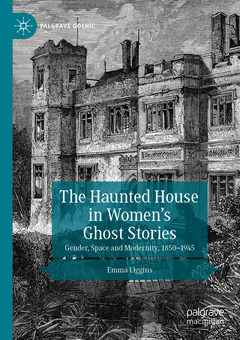The Haunted House in Women’s Ghost Stories, 1st ed. 2020 Gender, Space and Modernity, 1850–1945 Palgrave Gothic Series
Auteur : Liggins Emma

Emma Liggins is Senior Lecturer at Manchester Metropolitan University. She has previously published Odd Women? Spinsters, Lesbians and Widows in British Women’s Fiction, 1850s-1930s (2014), as well as articles and chapters on Vernon Lee, Mary Elizabeth Braddon and modernist ghost stories.
Explores representations of Victorian and modernist haunted houses in women’s ghost stories, 1850-1945, through the lens of spatial theory
Uncovers the gendered dimensions of the architectural uncanny and the hauntedness of home
Reconsiders the relations between gender, space and modernity in a transitional period
Date de parution : 07-2021
Ouvrage de 307 p.
14.8x21 cm
Disponible chez l'éditeur (délai d'approvisionnement : 15 jours).
Prix indicatif 94,94 €
Ajouter au panierDate de parution : 07-2020
Ouvrage de 307 p.
14.8x21 cm
Disponible chez l'éditeur (délai d'approvisionnement : 15 jours).
Prix indicatif 94,94 €
Ajouter au panierThèmes de The Haunted House in Women’s Ghost Stories :
Mots-clés :
Ghosts; Female Gothic; Haunting; Space; Domesticity; Gothic fiction



